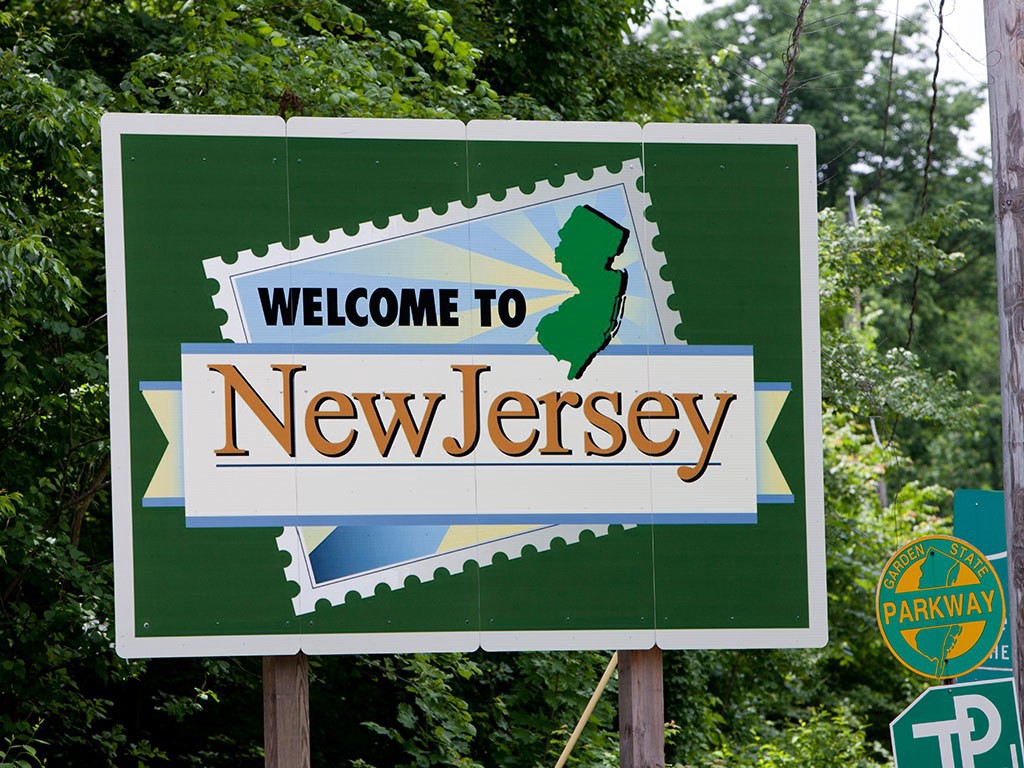Even many Jersey voters might not know that Governor-elect Phil Murphy’s clean-energy platform aims to put the Garden State on a path to 100% clean energy by 2050.
New Jersey has the U.S.’s fifth-highest solar installed-capacity, but only 5% of the state’s power comes from renewables. Murphy’s strategy for renewable energy, energy efficiency and clean transportation calls for private-sector financed economic growth, good jobs and resilience for the future.
https://medium.com/media/50c790c7cab9c4e494ae3018e7351a18/href
A new report from Environmental Defense Fund, produced by the Coalition for Green Capital and Quantified Ventures, says that with limited taxpayer funds, the state should catalyze private investment through dedicated clean energy finance institutions and innovative financial structures.
A “green bank,” modeled on banks in Connecticut and New York, could lever three to four private dollars per public dollar invested.
Green Banks around the world have turned $9 billion in public funding into $29 billion in private investment. Such banks work both supply and demand, pulling in private capital while building a pipeline of investable clean-energy projects.
The report estimates New Jersey’s solar investment opportunity alone at $40 billion. And nearly all of New Jersey’s 300 terawatt-hours of offshore wind potential remains untapped. Cheap renewable energy could also mean money in the pockets of Jersey residents, who are currently strapped with the ninth most expensive electricity prices in the country.
Tapping private capital to unlock Jersey’s green economy is also a jobs strategy. Already more than 31,000 Jersey residents work in energy efficiency (vs. about 15,000 in the fuels sector). The Connecticut Green bank claims its created 12,000 jobs. If Jersey is to go from 5% to 100% clean energy over the next 30 years, Phil Murphy’s going to need a legion of hard-nosed and hard-working New Jerseyans rolling out panels, putting up wind mills and retrofitting buildings.
As solar entrepreneur Jigar Shah likes to say, “The actual transformation of the energy economy is as American as the Hoover Dam or the interstate highways, and even more earth-shaking.”










